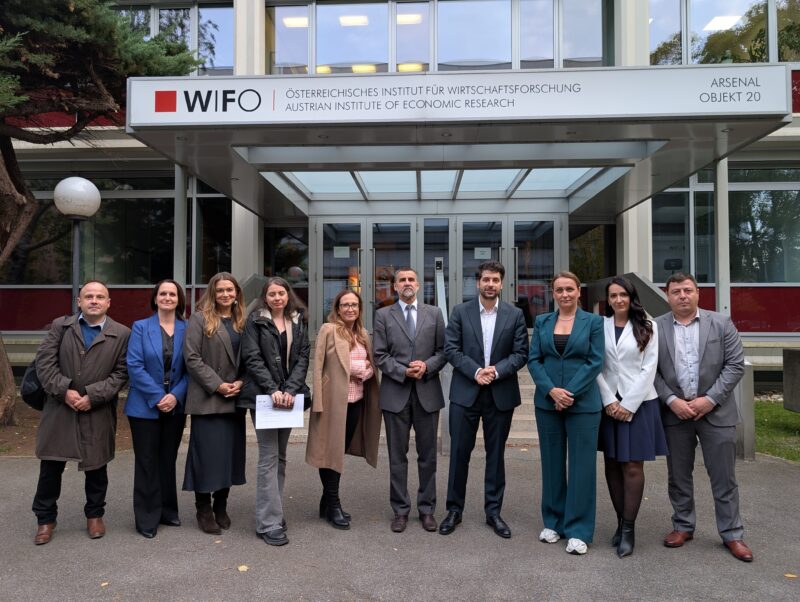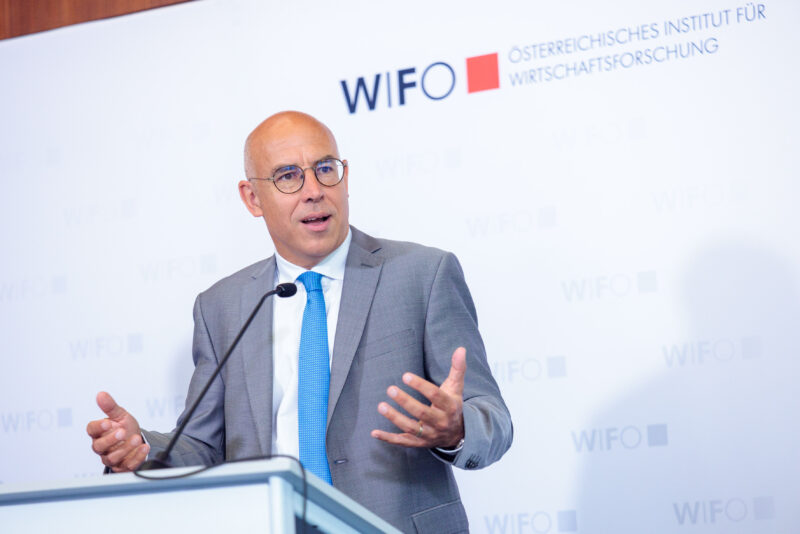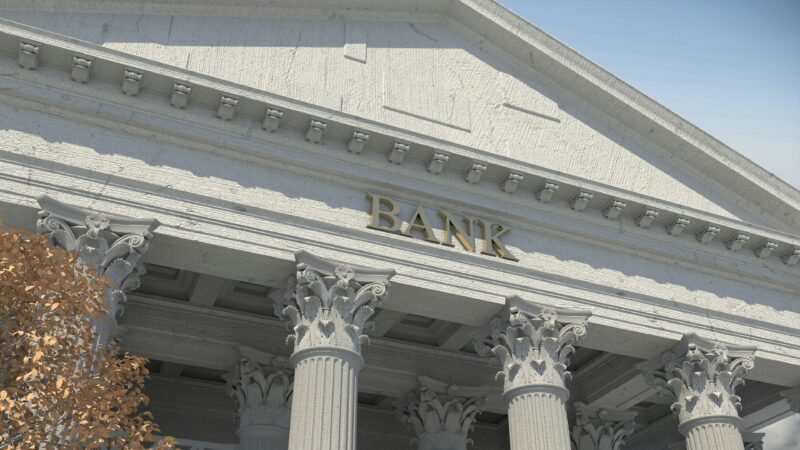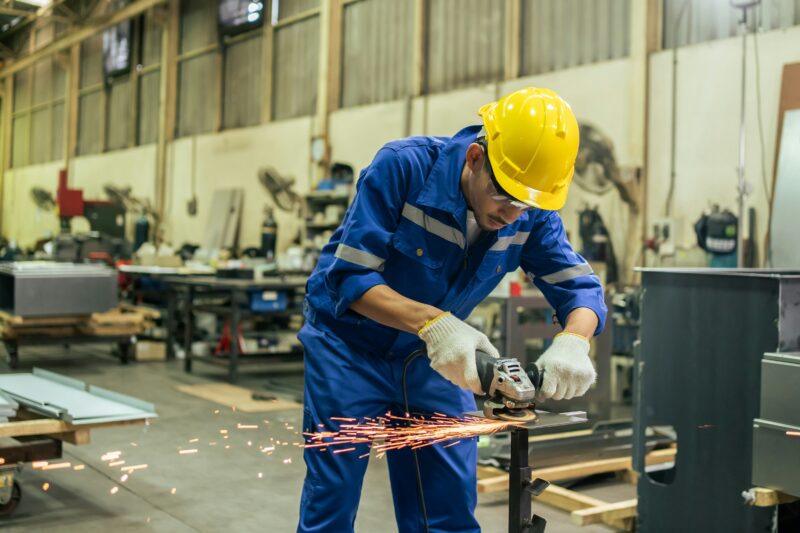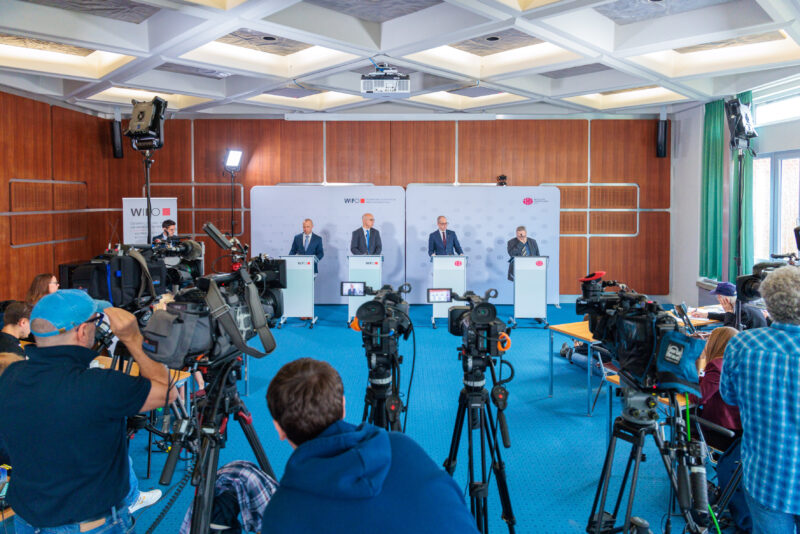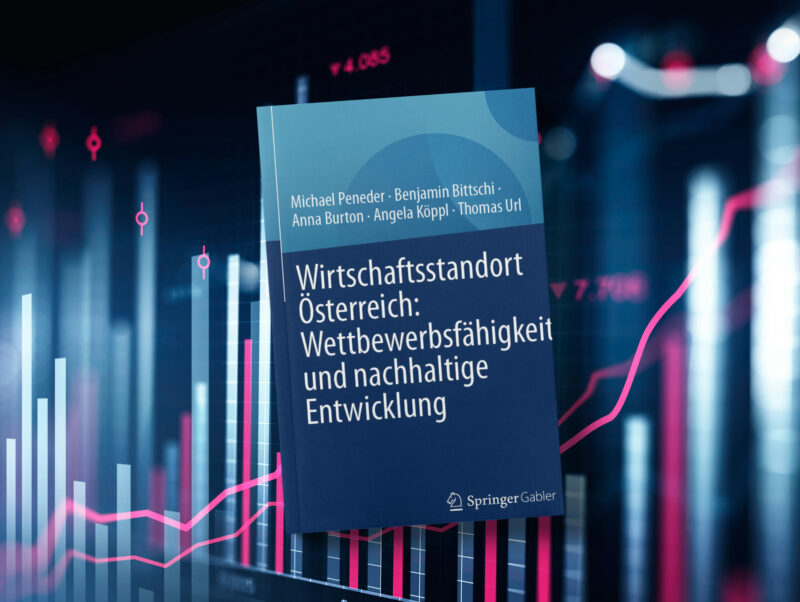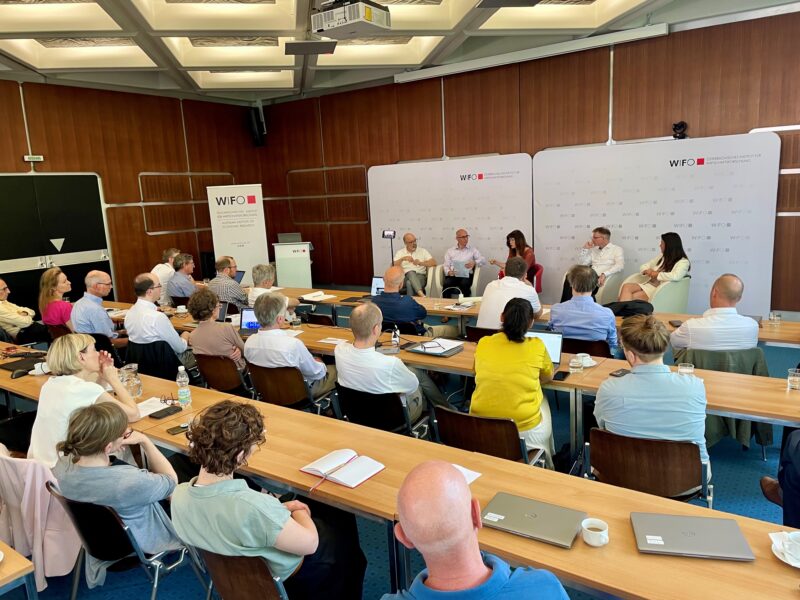
Business Cycle in Austria Remains Flat
"The rise in domestic energy prices at the beginning of the year has widened the cost gap with the euro area once again. If this difference persists, it will dampen the purchasing power of private households and the competitiveness of companies in Austria in the medium term," says Stefan Ederer, author of the latest WIFO Business Cycle Report.
The Austrian business cycle is currently flat. Gross domestic product rose only slightly in the third quarter and has remained more or less unchanged since the beginning of 2025. Private consumer spending has once again failed to gain momentum. The development of investment and exports, on the other hand, is overshadowed by pull-forward effects resulting from US tariff policy.
Although the global economy is likely to have continued to expand in the summer and autumn, world trade and global industrial production have recently lost momentum. This is probably mainly due to the fact that shipments to the USA, which rose sharply in the first half of the year, have subsequently declined. Nevertheless, business sentiment in many countries remains predominantly optimistic. In the USA, the budget shutdown is likely to slow down the previously robust economy at the end of the year. In addition, private households there continue to expect higher inflation. In the euro area, on the other hand, the stabilisation of inflation at around 2 percent and a persistently low unemployment rate contributed to an improvement in consumer confidence.
According to the WIFO economic test, the economic assessments of Austrian companies have brightened somewhat in recent months and are now only slightly pessimistic. A clear upward trend has been evident in manufacturing since the beginning of the year. The mood in the construction industry has also improved noticeably. In the retail and service sectors, however, indicators are tending to move sideways. The indicator for domestic consumer confidence published by the European Commission has remained unchanged since the beginning of the year. Most recently, significantly more households surveyed expected higher prices than a year ago, and the assessment of their financial situation deteriorated in the autumn.
Consumer price inflation has hardly declined since the summer and stood at 4 percent in October, according to a flash estimate by Statistics Austria. This was due to the sharp rise in gas and electricity prices at the beginning of the year and an increase in food prices in the spring. Residential rents have also risen more strongly again recently.
As a result of the flat business cycle, the number of people in active employment has remained largely unchanged since the end of 2024. While the number of people employed in manufacturing fell, it rose sharply in the health and social services sector. The unemployment rate has tended to rise since the beginning of the year (national definition, seasonally adjusted), as the labour market is currently unable to absorb the increase in the supply of labour due to the weak economy.
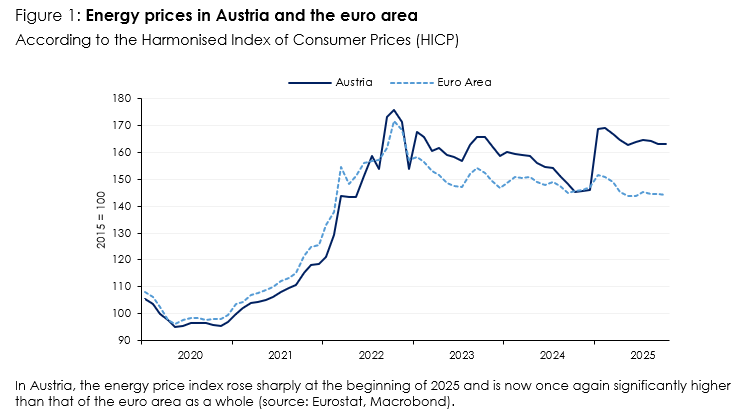
Publications
Please contact






